When it comes to managing comfort in your RV, the thermostat plays a pivotal role. This small yet essential device ensures optimal temperature control, allowing you to enjoy your journeys without worrying about extreme heat or cold. But how much do you really know about your RV thermostat?
Truly understanding your thermostat and other options available on the market can save you time, money, and a whole lot of frustration. We’ll break down everything RV owners need to know to get the most out of their RV thermostats.
How an RV Thermostat Works
Thermostats are the temperature regulators for your RV. Much like the ones you use in your home, these devices measure the ambient temperature inside the RV and control the operation of your heating and cooling systems. Whether running a furnace, air conditioner, or heat pump, the thermostat is the single control point that keeps the temperature consistent, no matter what the weather is like outside.
Most RV thermostats work by reading the ambient temperature using built-in sensors. Once the temperature falls below or rises above your set threshold, the thermostat signals the heating or cooling unit to turn on or off as needed. For RVs with advanced climate control systems, thermostats often integrate with other components, ensuring seamless operation across your heating, cooling, and ventilation systems.
Types of RV Thermostats
Not all RV thermostats are created equal. Depending on your RV model and age, you’ll encounter a variety of options when it comes to thermostat technology. Here’s a closer look at the primary types of RV thermostats and their distinct features.
Mechanical Thermostats
Mechanical thermostats are the most basic type of thermostat typically found in older RV models. These devices use physical components, like bimetallic strips or coils, to detect temperature changes. They have simple controls with dials or sliders for setting the desired temperature.
While mechanical thermostats are affordable and straightforward to use, they lack precision. Temperature settings are often approximate, and they don’t offer programmable features. However, for RV owners who prefer simplicity and reliability, they remain a viable option.

Digital Thermostats
Digital thermostats are a significant upgrade from mechanical versions, offering greater accuracy and more refined control over temperature settings. These devices feature LED or LCD screens, making them easier to read and adjust settings.
Many digital thermostats are also programmable, allowing users to set temperature schedules. This is particularly useful for managing energy efficiency while you’re away from the RV during the day. Most models are easy to install and compatible with a large range of RV systems, making them a popular upgrade choice.
Smart Thermostats
Smart thermostats represent the pinnacle of innovation in RV temperature control. These devices connect to Wi-Fi or Bluetooth, allowing you to control your RV’s climate remotely via a smartphone app. Some smart thermostats even integrate with voice assistants like Alexa or Google Assistant for added convenience.
Newer models can also come equipped with advanced features such as learning temperature preferences, adaptive scheduling, and energy usage reports. While they tend to be the most expensive option, their precision and ease of use make them worth the investment for tech-savvy RV owners.
Troubleshooting Common Issues
Like any piece of technology, these thermostats can occasionally run into issues. That’s why one of the things you’ll want to know about RV thermostats is which problems are the most common and some practical steps you can take to get things working again.
Thermostat Not Responding
If your thermostat isn’t turning on or responding to your inputs, the issue could range from a simple power supply problem to a deeper internal fault. The first step is to check whether the thermostat is receiving power. For battery-powered units, putting in new batteries should fix the issue. For wired models, you’ll want to inspect the connections to ensure they are secure.
If power isn’t the issue, try resetting the thermostat. Many modern models have a dedicated reset button or a set of instructions in the manual for restarting the device. If these solutions don’t work, there may be an internal hardware problem that requires professional assistance.
Inaccurate Temperature Readings
When your thermostat shows an indoor temperature that doesn’t match what you’re actually feeling, dirty sensors are the most likely culprit. Dust and debris can interfere with the thermostat’s ability to read temperatures accurately. Cleaning the device with a soft cloth and compressed air can help resolve this problem.
Another cause may be the location of the thermostat. If it’s installed in a place that typically receives direct sunlight, near heat-emitting appliances, or too close to ventilation, it may register inaccurate readings. Relocating the thermostat can mitigate these issues.

Unit Cycling On and Off
If your heating or cooling system seems to turn on and off too frequently, it might point to a faulty thermostat or incorrect wiring. Begin by verifying that the wires are securely connected to the correct terminals.
Additionally, ensure that you’ve calibrated the thermostat correctly. Some digital models allow you to adjust their sensitivity settings, which can help stabilize system cycling. If you’ve tried these steps and the issue continues, it’s time to call a qualified RV technician.
Maintenance Tips
As you saw, some of our suggestions for fixing common thermostat problems involve cleaning or repairing parts of the device. To avoid these issues in the first place, keep your RV thermostat in top condition through regular maintenance. A little preventative care goes a long way toward ensuring reliable performance when you need it most.
A good place to start is with routine cleaning sessions to prevent dust buildup. Use a dry, soft cloth or compressed air to clean around the device and sensors gently. Also, be sure to replace the batteries in battery-powered models every six months or as recommended by the manufacturer.
If your RV thermostat requires periodic software updates, make a habit of checking for new ones and installing them promptly. This will help improve functionality and address any bugs or glitches. If you’re unsure what else to do, always refer to the user manual for more maintenance advice tailored to your specific thermostat model.
How To Find a Suitable Replacement
At some point, your RV thermostat may need replacing due to wear, outdated functionality, or mechanical failure. When it’s time to find a new thermostat, there are a few factors to keep in mind to ensure it works seamlessly with your RV’s system.
Begin by identifying the type of HVAC system in your RV and its voltage requirements. Not all thermostats are compatible with all systems, so double-check these details in your RV’s manual or consult the manufacturer. Purchasing from an RV supplier specializing in RV AC accessories ensures you will get a unit designed specifically for RVs rather than residential applications.
Next, decide on the type of thermostat that fits your needs, whether it’s a basic mechanical unit or a smart thermostat. For added assurance, opt for a model from a reputable brand known for its reliability in the RV market.
Finally, consider professional installation, especially if you’re upgrading to a more complex thermostat model. This ensures everything is safely wired and fully functional from day one, allowing you to go back to enjoying the simple life in your RV.


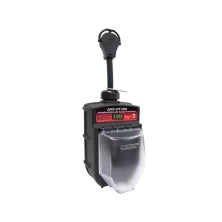
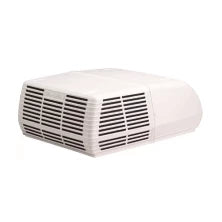
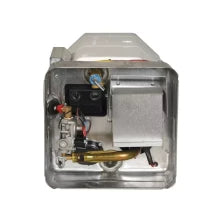
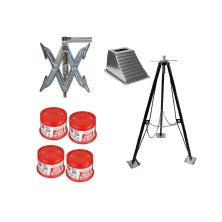
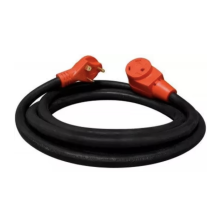
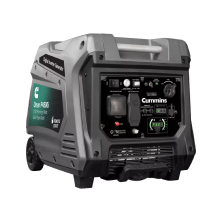
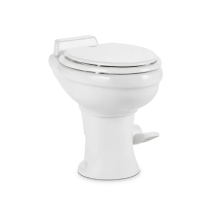
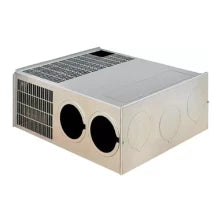


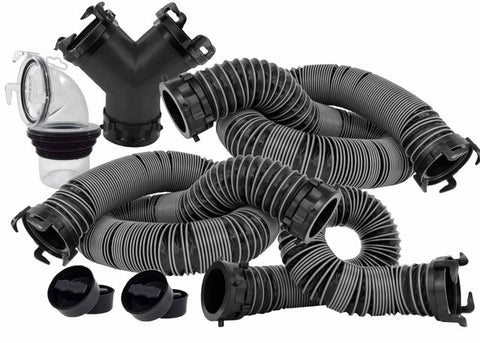

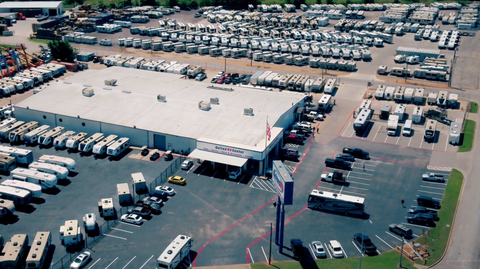
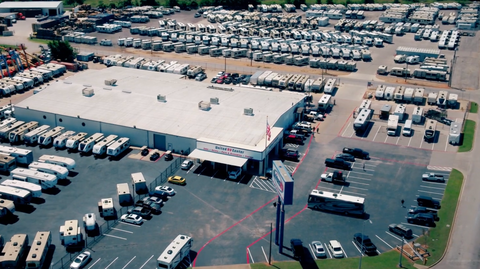
Comments (0)
There are no comments for this article. Be the first one to leave a message!